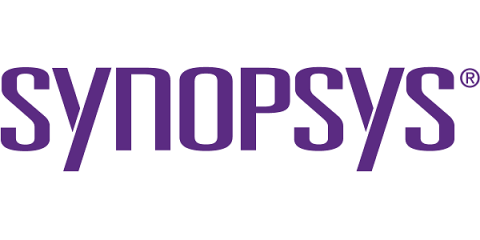Security | Threat Detection | Cyberattacks | DevSecOps | Compliance
January 2023
Black Duck's New Year's Resolution
The ultimate race condition: Securing open source infrastructure
Top Open Source Licenses Explained
With an understanding of what open source licenses are and their benefits, it’s also useful to know what are the main categories of these licenses, the different types, and their requirements. It’s quite an array, which can be overwhelming, but with this knowledge, you can make more informed choices about what software and what licenses are right for your purposes.
6 Reasons You Need to Run SCA Scans on Projects in VS Code
We love open-source software (OSS). Not only does it save time and effort, but it’s also incredibly rewarding to collaborate with other developers on major projects. Plus, it opens the door for innovation that otherwise wouldn’t be possible at this scale. However, with code comes responsibility, and so it’s imperative to understand the risk OSS libraries carry when we’re integrating them into projects.
Artifactory - Supply Chain Defender
AMA with BoxyHQ's CEO Deepak Prabhakara | BoxyHQ Community Call #1
CNCF accepts Kubescape as its first security and compliance scanner project
8 Best Secure Photo Apps in 2023
OSPO security evolution: The Kübler-Ross Model of open source
What’s in an OSPO? Open Source Program Offices are popping up all over, in recognition of the facts on the ground: open source software (and I would argue open standards as well) plays an enormous role in building and maintaining the software that increasingly drives the planet.
Why Open Source License Management Matters
The ongoing rise in open source vulnerabilities and software supply chain attacks poses a growing threat to businesses, which heavily rely on applications for success. Between 70 and 90 percent of organizations’ code base is open source, while vulnerabilities such as Log4j have significantly exposed organizations to cyberattacks.
4 Reasons why Python libraries are not secure
The Don’t Repeat Yourself (DRY) Principle is one of Python’s most used software development principles. It aims to reduce the repetition of software patterns and algorithms by using package libraries and boilerplate templates to improve product release efficiency.












